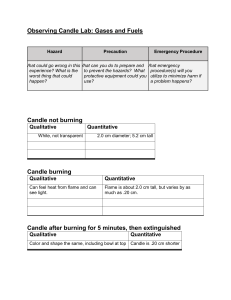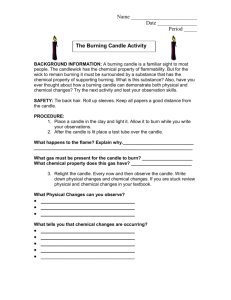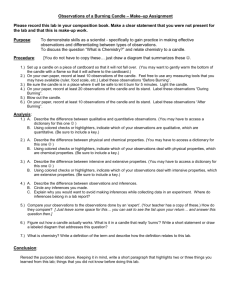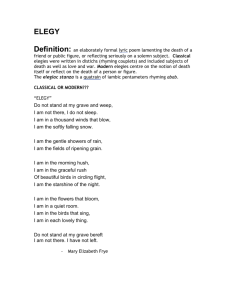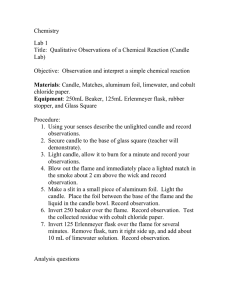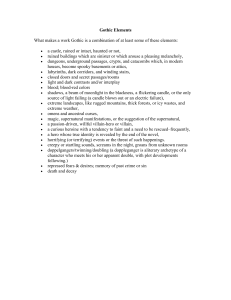Energy
advertisement
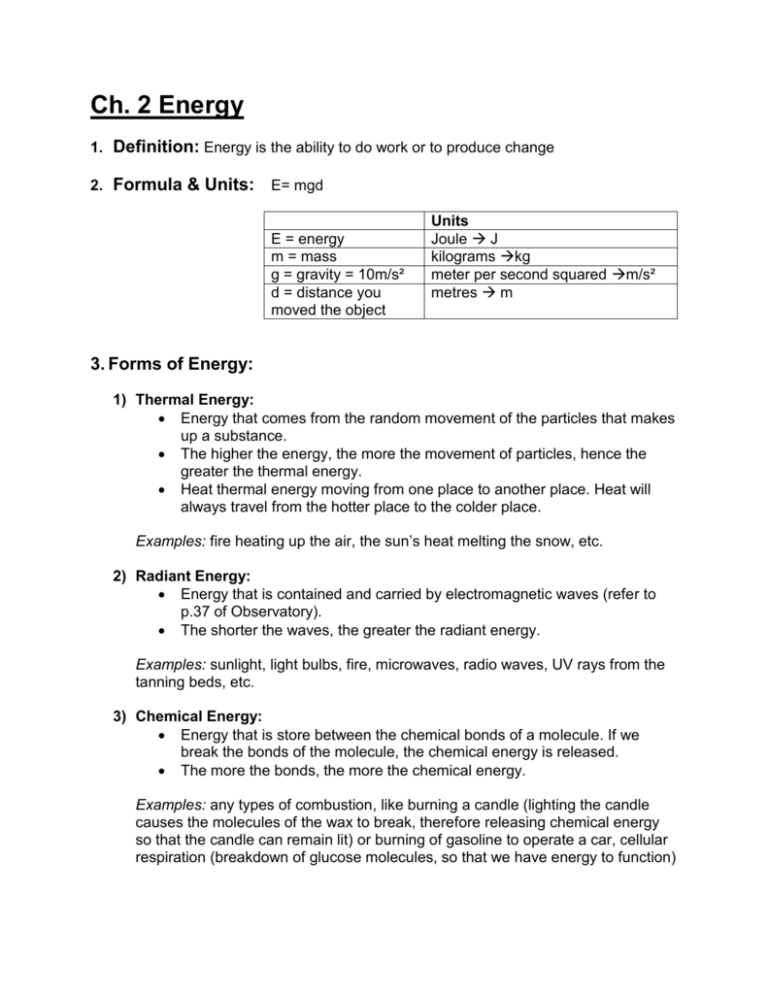
Ch. 2 Energy 1. Definition: Energy is the ability to do work or to produce change 2. Formula & Units: E= mgd E = energy m = mass g = gravity = 10m/s² d = distance you moved the object Units Joule J kilograms kg meter per second squared m/s² metres m 3. Forms of Energy: 1) Thermal Energy: Energy that comes from the random movement of the particles that makes up a substance. The higher the energy, the more the movement of particles, hence the greater the thermal energy. Heat thermal energy moving from one place to another place. Heat will always travel from the hotter place to the colder place. Examples: fire heating up the air, the sun’s heat melting the snow, etc. 2) Radiant Energy: Energy that is contained and carried by electromagnetic waves (refer to p.37 of Observatory). The shorter the waves, the greater the radiant energy. Examples: sunlight, light bulbs, fire, microwaves, radio waves, UV rays from the tanning beds, etc. 3) Chemical Energy: Energy that is store between the chemical bonds of a molecule. If we break the bonds of the molecule, the chemical energy is released. The more the bonds, the more the chemical energy. Examples: any types of combustion, like burning a candle (lighting the candle causes the molecules of the wax to break, therefore releasing chemical energy so that the candle can remain lit) or burning of gasoline to operate a car, cellular respiration (breakdown of glucose molecules, so that we have energy to function) 4) Mechanical Energy: Energy that results from the speed of an object, its mass, and its relationship with its surrounding. Two main types of mechanical Energy: Kinetic Energy deals with the movement of an object. The greater the speed and/or mass of an object, the more the kinetic energy. Potential Energy deals with how high an object is from the ground (its surrounding). The greater the mass and the higher it is from the ground, the more the potential energy. 4. Energy Transformation: The changing of one form of energy to another form of energy. Example: burning a candle changes chemical energy into light (radiant energy) and heat (thermal energy) 5. Energy transfer: The movement of energy from one place to another place. Example: When the wood candle burns, if you put your hand near the candle, you can feel the heat, so heat travels from the candle to its surrounding (your hand).




